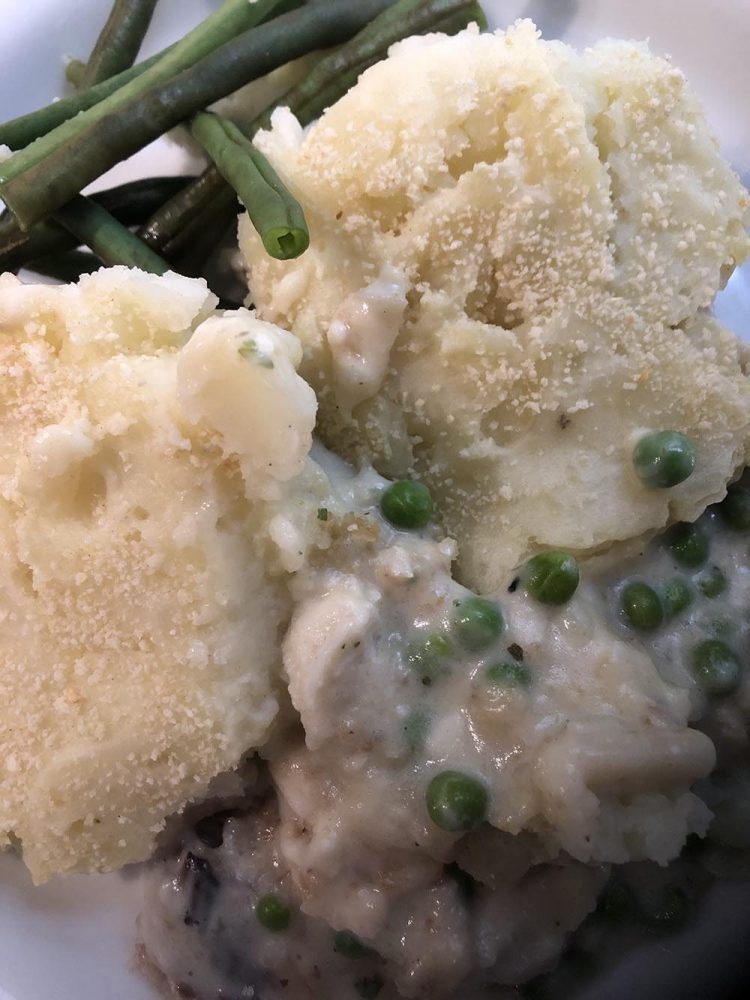
Using Vacuum Sealers For Long Term Food Storage
This is a collaborative post
Vacuum sealing is a versatile and efficient method for long-term food storage. It extends shelf life, maintains quality, and adapts to a wide variety of food types and storage conditions. Whether storing dry goods, fresh produce, meats, or prepared meals, vacuum sealer offers a reliable solution for preserving food and reducing waste.

Its ability to protect food from air, moisture, and environmental factors makes it an essential tool for any household seeking to maximize food preservation and storage efficiency. In the freezer, vacuum-sealed foods are protected from freezer burn and dehydration, which can otherwise degrade the quality of frozen items.
For pantry items, vacuum sealing prevents exposure to air and moisture, which can cause staleness, mold, or insect infestation. This is ideal for items like dried herbs, spices, and baking ingredients, which can maintain their potency and freshness for longer periods. Vacuum sealing extends the shelf life of refrigerated items by reducing exposure to air.
Considerations for Using Vacuum Sealers for Long-Term Storage
Vacuum sealing is a powerful technique for extending the shelf life of food and maintaining its quality. For this purpose, VEVOR vacuum sealer is used and gaining more significance with time. However, for optimal results in long-term storage, several key factors must be taken into account. Here are some critical considerations for using vacuum sealers for long-term storage:
- Choice of Packaging Materials
The quality of the vacuum sealer bags or rolls plays a crucial role in effective long-term storage. Opt for high-grade, multi-layered bags that are specifically designed for vacuum sealing. These materials are more resistant to punctures, tears, and moisture penetration, providing a more reliable barrier against air and contaminants. Select bag sizes that fit the amount of food you are storing. Oversized bags can lead to wasted space and materials, while undersized bags might not provide a proper seal.
- Preparation of Food Items
Foods with high moisture content, such as soups, berries, or meats, should be pre-frozen before vacuum sealing. This prevents liquids from being drawn into the sealer, which can compromise the seal and potentially damage the machine. Freeze these foods on a tray before transferring them to a vacuum sealer bag. For vegetables, blanching before vacuum sealing is recommended. Blanching involves briefly boiling vegetables and then plunging them into ice water to stop the cooking process.
- Proper Sealing Technique
In the vacuum sealer leave adequate space at the top of the vacuum sealer bag typically around 3-4 inches. Overfilling can prevent the machine from creating a strong seal, leading to air leakage. This space is necessary for the bag to be clamped and sealed correctly. Make sure the edges of the bag are clean and free from food particles or moisture. Any debris or moisture can interfere with the sealing process, resulting in a weak seal.
- Storage Conditions
Store vacuum-sealed foods in a cool, dark, and stable environment. Fluctuations in temperature can cause condensation inside the bags, leading to moisture buildup and potential spoilage. For dry goods, a pantry or cupboard is ideal, while meats and vegetables should be stored in the freezer. Exposure to light can degrade the quality of vacuum-sealed foods, especially those containing fats or vitamins sensitive to light.
- Regular Monitoring
Inspect vacuum-sealed packages periodically for any signs of compromised seals. Look for signs such as air bubbles, loose seals, or changes in texture. If a seal is broken, re-seal the package immediately to prevent spoilage and maintain the quality of the stored food. Clearly label each package with the contents and sealing date. This practice helps with inventory management and ensures that older items are used first, minimizing waste.
- Food Safety Practices
Maintain a high level of cleanliness when preparing food for vacuum sealing. Clean and sanitize all surfaces, equipment, and hands to prevent cross-contamination. This is particularly important for raw meats and other perishable items. Thaw vacuum-sealed foods in the refrigerator or by using safe thawing methods such as cold water immersion or microwave defrosting. Avoid leaving vacuum-sealed items at room temperature for extended periods, as this can promote bacterial growth.
Bottom Line
Using vacuum sealers for long-term food storage requires careful consideration of packaging materials, food preparation, sealing techniques, storage conditions, regular monitoring, and food safety practices. By following these guidelines, you can ensure that your vacuum-sealed foods remain fresh, safe, and of high quality over extended periods. This method not only enhances food preservation but also contributes to reduced food waste and cost savings, making it an invaluable tool for any household.





